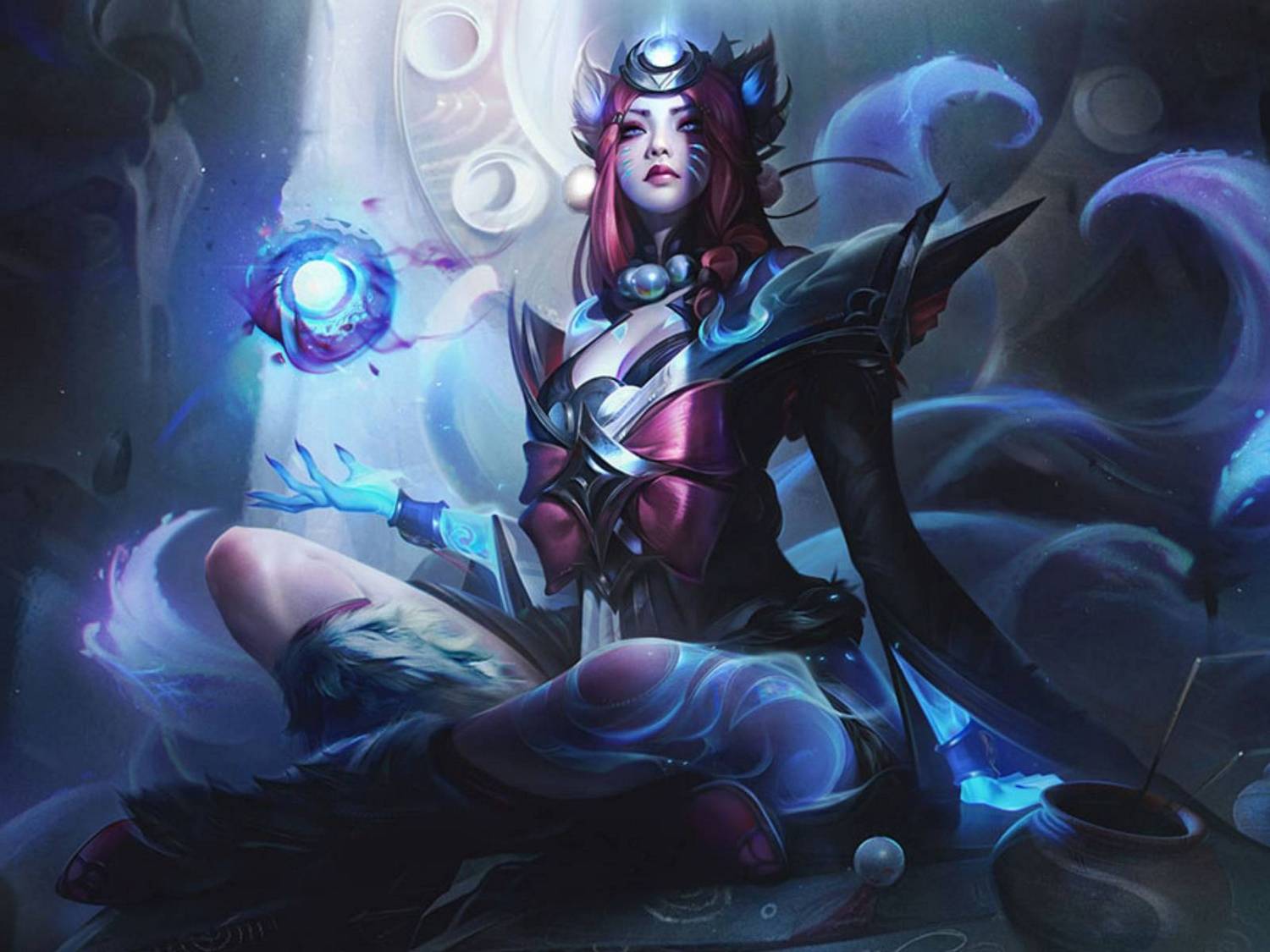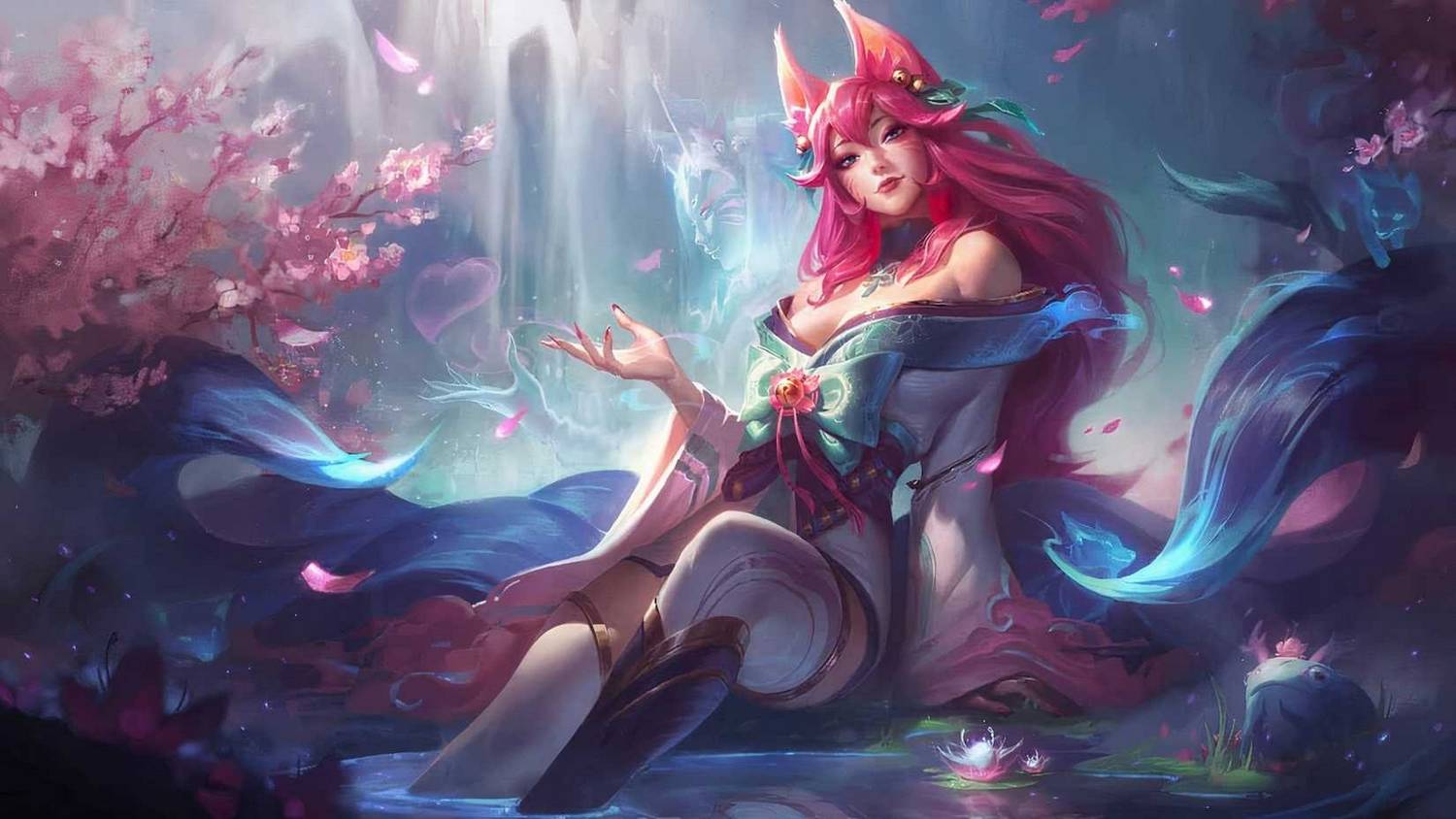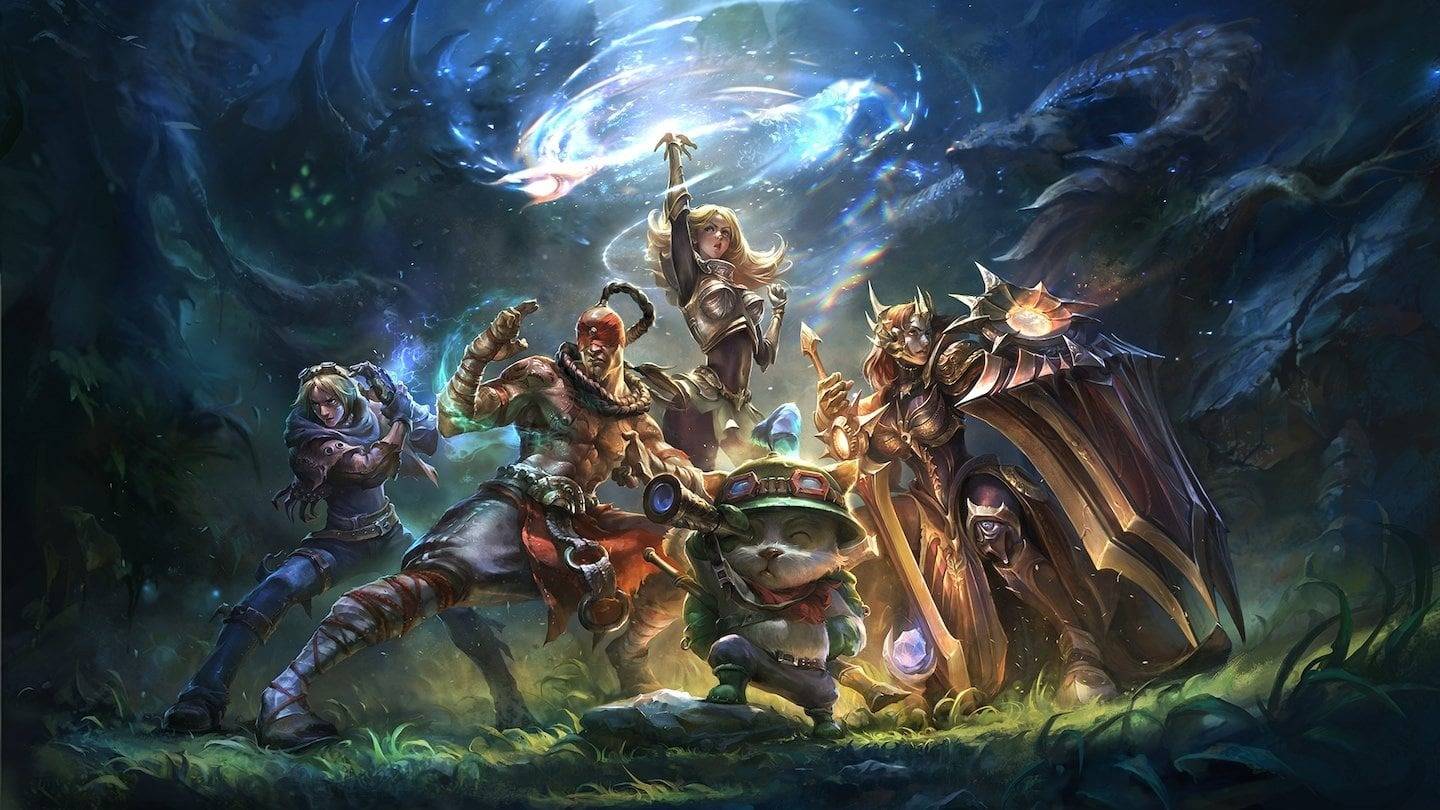A Phoenix from the Ashes: How the Garena Server Merger Suddenly Revitalized a 15-Year-Old League of Legends Community
Popular Now
 Grand Theft Auto V
Grand Theft Auto V
 Brawl Stars
Brawl Stars
 Poppy Playtime
Poppy Playtime
 Valorant
Valorant
 BeamNG.drive
BeamNG.drive
 R.E.P.O
R.E.P.O
 Geometry Dash
Geometry Dash
 Free Fire Max
Free Fire Max
 Stumble Guys
Stumble Guys
 Auto X Drift Racing 3
Auto X Drift Racing 3 
For years, the Southeast Asian servers for League of Legends, operated by the now-defunct Garena partnership, were considered a backwater. Fragmented, laggy, and often plagued by outdated clients, they were a world apart from the seamless experience of Riot Games’ main servers. Players endured long queue times, high ping, and a general sense of being an afterthought. This was a server ecosystem that had been in a slow, steady decline for over a decade. Yet, against all odds, a seismic shift has occurred. The region has not only been revitalized but has become a hotbed of activity, thanks to Riot’s long-awaited and much-lauded server merger. The old Garena-era accounts, once thought to be a relic of the past, have suddenly exploded in popularity as a new wave of players and returning veterans flock to the region.
This dramatic turnaround is the direct result of Riot’s November 2024 announcement, which culminated in the official merger of the Southeast Asian servers into one unified regional server under Riot’s direct control in January 2025. This move effectively ended the 12-year partnership with Garena and promised a “smoother, faster, and more connected experience.” The results, now quantifiable, are staggering. The new SEA server, which incorporates the player bases from Thailand, the Philippines, Singapore, Malaysia, and Indonesia, has seen a massive surge in active users, with player counts reaching new highs and creating a vibrant new competitive landscape.
 The Perfect Storm: Analyzing the Popularity Spike
The Perfect Storm: Analyzing the Popularity Spike
The sudden influx of players isn’t a random event; it’s a convergence of several key factors that have created a perfect storm of opportunity for the region.
- The End of Fragmentation: The single biggest change is the end of fragmented servers. Previously, a player in the Philippines could not easily play with a friend in Singapore without creating a new account or dealing with high ping. The unified server has created a massive, contiguous player base, which has drastically reduced queue times and improved the quality of matchmaking. This makes the game more accessible and enjoyable for both casual and competitive players.
- Riot’s Direct Influence: With the end of the Garena partnership, players now have direct access to Riot’s infrastructure, which includes a more stable client, faster patches, and more reliable servers. This is a significant upgrade from the previous client, which was often a source of frustration for players. The promise of a consistent, high-quality experience has been a major draw for players who had left the game out of frustration.
- A New Competitive Ecosystem: The server merger coincided with Riot’s decision to merge the Vietnamese (VCS) and Pacific (PCS) leagues into a single, larger league, the LCP (League of Legends Champions Pacific). This move, similar to the merger of the LCS and CBLOL in the Americas, was designed to create a more competitive and more-watched league. This has created a renewed interest in the competitive scene, with players now having a larger pool to climb the ranked ladder and a clearer path to professional play.
- The Return of Veterans: For many long-time fans who quit the game due to the poor server conditions, the merger was a reason to return. Many of them had amassed valuable skins, champions, and collectibles on their old Garena accounts, which were now being seamlessly transferred to the new Riot-run server. This provided a powerful incentive to return and rediscover a game that now feels new and improved.
 The Business Implications: A Strategic Masterstroke
The Business Implications: A Strategic Masterstroke
From a business and news perspective, Riot Games has executed a strategic masterstroke. By taking back direct control of the SEA servers, they have unlocked a massive, untapped market. The region, with its young, tech-savvy population, represents a huge opportunity for growth. The increased player count translates directly to increased revenue from in-game purchases, new account sign-ups, and a more vibrant esports ecosystem that can attract more sponsors and viewers. The timing of this move, following the global success of Arcane and the continued popularity of Wild Rift, suggests a coordinated effort to solidify Riot’s dominance in the global gaming market, particularly in Asia.
The sudden explosion in popularity of a 15-year-old server is not just a feel-good story for a long-suffering player base; it is a powerful case study in the importance of listening to a community and a testament to the enduring power of a beloved IP. The new SEA server is no longer a forgotten corner of the League of Legends world. It is now a vibrant, competitive, and growing hub that proves that a game’s longevity is not just about new content, but about a developer’s commitment to its players.









 The Perfect Storm: Analyzing the Popularity Spike
The Perfect Storm: Analyzing the Popularity Spike The Business Implications: A Strategic Masterstroke
The Business Implications: A Strategic Masterstroke